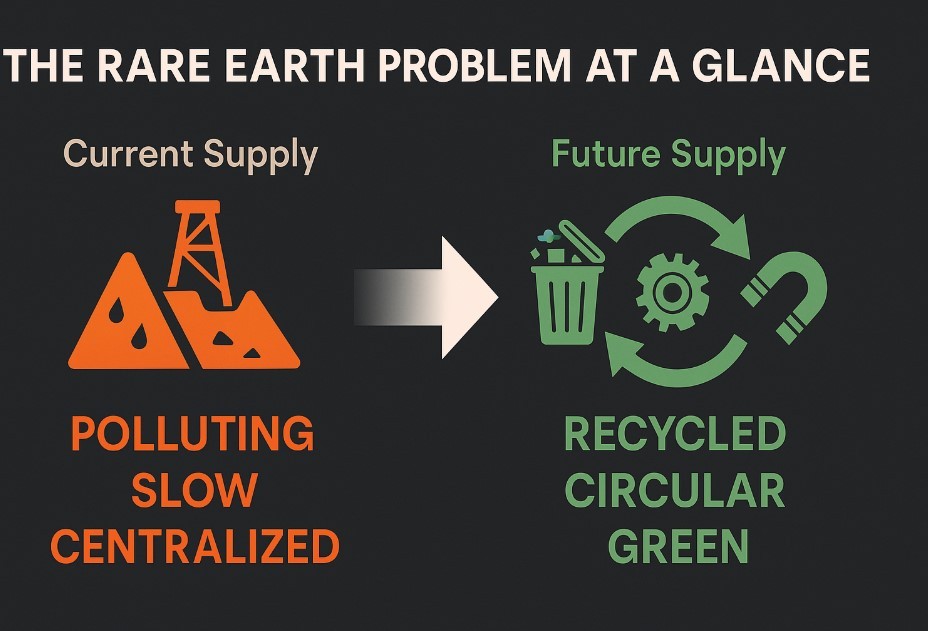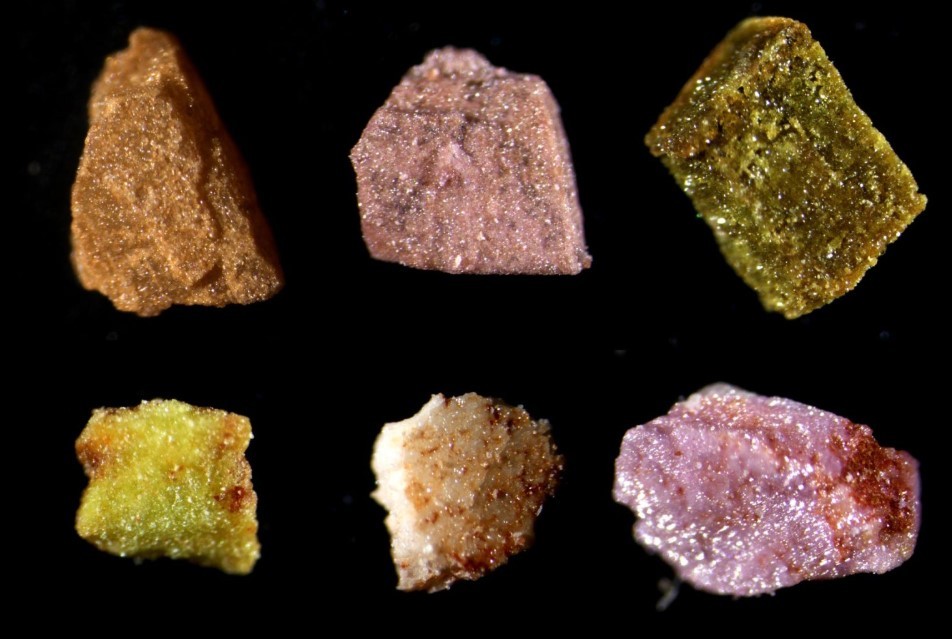What are Rare Earth Elements: The Top 10 Countries with the Largest Reserves
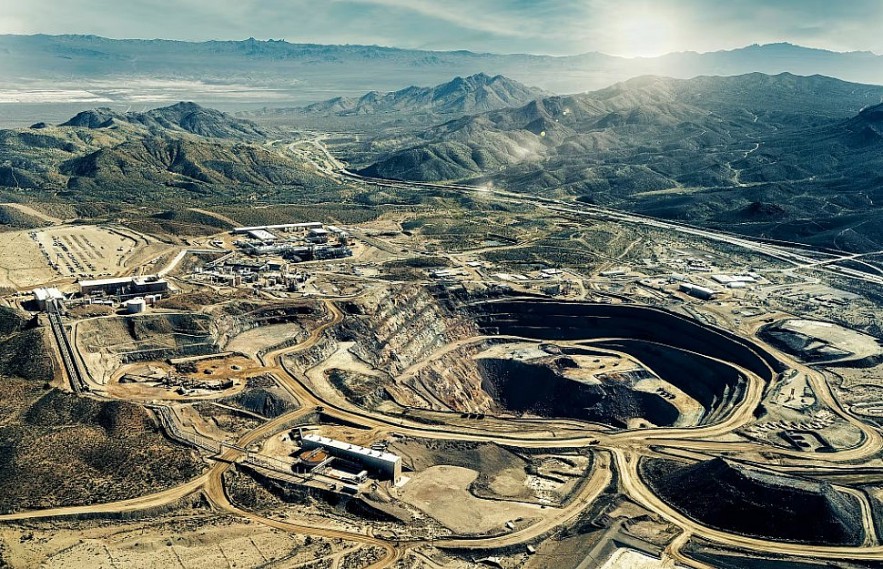 |
| Rare earth mining may be key to our renewable energy future |
In the modern technological era, rare earth elements (REEs) have become indispensable due to their unique properties and applications across various industries. Despite their name, these 17 metallic elements are relatively abundant in the Earth's crust but are seldom found in concentrated forms, making their extraction both challenging and costly.
Learn more: What Are Rare Earth Elements and Why Are They So Important?
Understanding Rare Earth Elements
Rare earth elements consist of the 15 lanthanides on the periodic table, along with scandium and yttrium. They are typically categorized into:
Light Rare Earth Elements (LREEs): Including lanthanum through samarium, LREEs are commonly used in manufacturing catalysts, glass additives, and ceramics.
Heavy Rare Earth Elements (HREEs): Encompassing europium through lutetium, plus yttrium, HREEs are crucial for producing high-strength permanent magnets, phosphors for display screens, and various metal alloys.
The unique electronic, magnetic, and luminescent properties of REEs make them vital in modern technologies such as smartphones, electric vehicles, wind turbines, aerospace components, and defense systems.
Top 10 Countries with the Largest Rare Earth Reserves
As of 2024, the global reserves of rare earth elements are estimated at approximately 130 million metric tons (MT) of rare earth oxide (REO) equivalent. The distribution of these reserves is uneven, with the top 10 countries accounting for a significant portion:
1. China: Leading the pack, China possesses an estimated 44 million MT of REO, representing nearly 34% of the world's known reserves. The country is also the largest producer of rare earths, with a production of 270,000 MT in 2024.
2. Brazil: Holding approximately 21 million MT of REO, Brazil's reserves constitute about 16% of the global total. Despite its vast reserves, Brazil's production was minimal in 2024, but developments like the Serra Verde project aim to boost output in the coming years.
3. India: With 6.9 million MT of REO, India accounts for around 5% of global reserves. The country produced 2,900 MT of rare earths in 2024 and is investing in research and development to enhance its production capabilities.
4. Australia: Australia's reserves stand at 5.7 million MT of REO, making up about 4% of the world's total. The nation produced 13,000 MT of rare earths in 2024, with companies like Lynas Rare Earths leading the charge in extraction and processing.
5. Russia: Russia holds 3.8 million MT of REO, approximately 3% of global reserves. In 2024, the country produced 2,500 MT of rare earths, with plans to expand its industry despite geopolitical challenges.
6. Vietnam: Vietnam's reserves are estimated at 3.5 million MT of REO, about 3% of the global total. The country's production was modest in 2024, but it has set ambitious goals to increase output significantly by 2030.
7. United States: The U.S. possesses 1.9 million MT of REO, roughly 1.5% of global reserves. In 2024, it produced 45,000 MT of rare earths, primarily from the Mountain Pass mine in California. Efforts are underway to strengthen domestic production and reduce reliance on imports.
8. Greenland: With reserves totaling 1.5 million MT of REO, Greenland holds about 1% of the world's rare earths. While it currently has no production, significant projects like Tanbreez and Kvanefjeld are in development stages.
9. Tanzania: Tanzania's reserves are estimated at 890,000 MT of REO. The country is expected to contribute to the global supply with new mining projects slated to commence production by 2029.
10. Canada: Canada holds approximately 830,000 MT of REO. The nation is investing in developing its rare earth resources, aiming to establish a vertically integrated supply chain independent of foreign influence.
Conclusion
Rare earth elements are the backbone of modern technology, playing a pivotal role in various high-tech applications. The uneven distribution of these resources has significant geopolitical and economic implications, influencing global supply chains and international relations. As demand for REEs continues to surge, especially with the growth of renewable energy and advanced electronics, countries with substantial reserves are poised to play crucial roles in the global market.
Frequently Asked Questions (FAQs)
-
What are rare earth elements? Rare earth elements are a group of 17 metallic elements, including the 15 lanthanides, scandium, and yttrium. They are essential in various high-tech applications due to their unique electronic, magnetic, and luminescent properties.
-
Why are they called 'rare' if they are abundant? The term 'rare' refers to the difficulty in finding these elements in concentrated and economically viable forms, not their actual abundance in the Earth's crust.
-
Which country has the largest reserves of rare earth elements? China holds the largest reserves, estimated at 44 million metric tons, accounting for nearly 34% of the world's known reserves.
-
What are the primary uses of rare earth elements? REEs are used in electronics, renewable energy technologies, aerospace, defense systems, medical imaging, and industrial applications, including the manufacturing of magnets, catalysts, and phosphors.
-
How do rare earth elements impact the global economy? Due to their critical role in emerging technologies, REEs influence international trade, supply chain security, and geopolitical relations. Many countries are working to diversify their supply sources to reduce dependence on dominant producers like China.
-
Are there any environmental concerns related to rare earth mining? Yes, rare earth mining and processing generate significant environmental concerns, including radioactive waste, habitat destruction, and water contamination. Sustainable mining practices and recycling initiatives are being explored to mitigate these impacts.
-
What efforts are being made to secure rare earth supplies? Countries such as the U.S., Australia, and Canada are investing in domestic production and refining facilities. Additionally, companies are exploring recycling methods to recover rare earths from electronic waste.
With the increasing demand for rare earth elements, global strategies to ensure a steady and sustainable supply will shape the future of multiple industries.
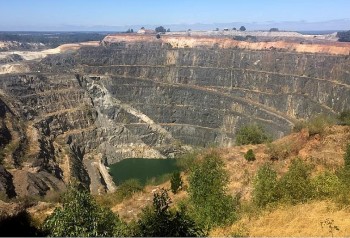 Top 10 Biggest Lithium Mines in the World by Production Top 10 Biggest Lithium Mines in the World by Production Currently, there are more than 26 lithium mines operating worldwide. Find out which lithium mines are currently producing the most today. |
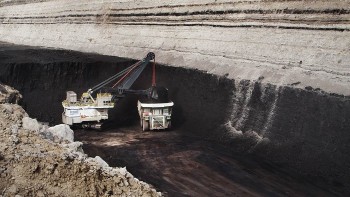 Top 10 Biggest Coal Mines of the World By Reserve Top 10 Biggest Coal Mines of the World By Reserve Which is the world's largest coal mine? How much reserve does it have? View the list of the top ten largest coal mines worldwide. |
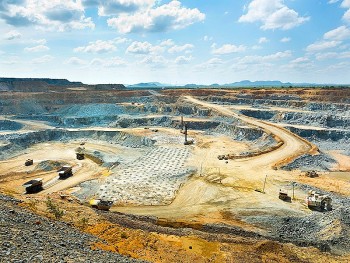 Top 10 Biggest Platinum Mines of the World by Production Top 10 Biggest Platinum Mines of the World by Production Currently, there are more than 68 platinum mines operating worldwide. Discover the top ten largest platinum mines in the world that are still in operation ... |
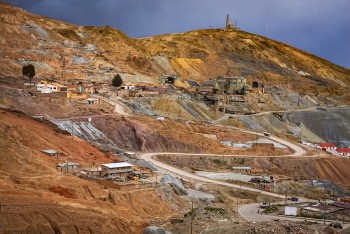 Top 16 Biggest Silver Mines of the World by Production Top 16 Biggest Silver Mines of the World by Production Currently, there are more than 743 active silver mines worldwide. Discover the top 15 silver mines in the world at the moment. |
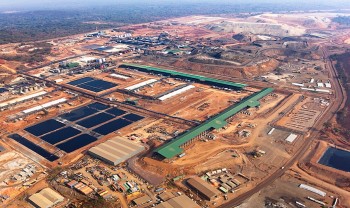 Top 10 Biggest Cobalt Mines of the World by Production Top 10 Biggest Cobalt Mines of the World by Production Over 89 cobalt mines are operating at the moment all over the world. Find out more about the top ten biggest cobalt mines in the ... |

